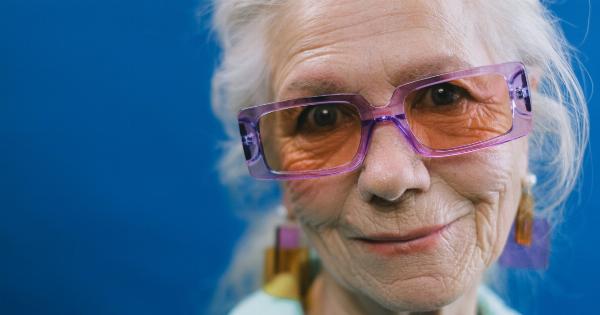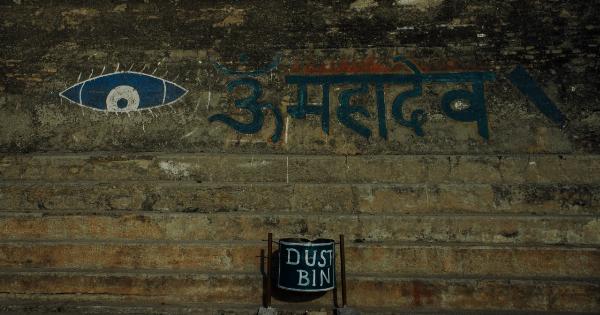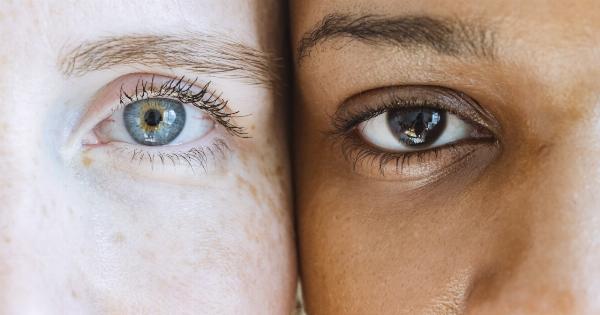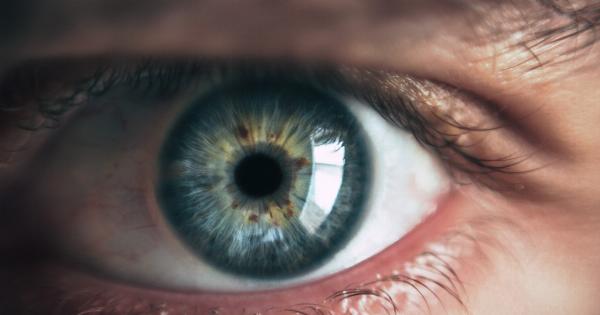Our eyes are the windows to the world around us. Through them, we are able to see the beauty of nature, experience the colors of a sunset, and read the words on this page. However, not everyone sees the world the same way.
Different eye conditions can significantly alter the way a person sees and experiences the world. Below are some of the most common eye conditions and how they affect our perception of the world.
Myopia (Nearsightedness)
Myopia is a condition in which a person can see objects that are close to them clearly, but objects that are far away appear blurry.
Those with myopia have eyes that are too long or a cornea that is too steep, causing the light that enters the eye to focus in front of the retina instead of on it. This results in blurry distance vision.
People who have myopia may need to squint or move closer to objects to be able to see them. They may also experience headaches or eyestrain from trying to focus on objects that are far away.
Myopia can be corrected with glasses, contacts, or refractive surgery.
Hyperopia (Farsightedness)
Hyperopia, also known as farsightedness, is the opposite of myopia. People with hyperopia can see objects that are far away more clearly, but struggle to see objects that are close to them.
This condition occurs when the eye is too short or the cornea is too flat, causing light to focus behind the retina instead of directly on it.
Those with hyperopia may have to squint or strain to see objects that are close to them, such as when reading or using a computer. Like myopia, hyperopia can be corrected with glasses, contacts, or refractive surgery.
Astigmatism
Astigmatism is a common condition in which the cornea, the clear front surface of the eye, is abnormally curved. This causes light to focus on more than one point on the retina, resulting in distorted or blurred vision.
Astigmatism can occur with myopia, hyperopia, or on its own.
People with astigmatism may have difficulty seeing fine details, such as small print or road signs. They may also experience headaches or eyestrain. Corrective lenses or refractive surgery can help improve vision for those with astigmatism.
Presbyopia
Presbyopia is a condition that affects most people as they age. It occurs when the lens of the eye becomes less flexible and can no longer focus on objects at close range. Unlike myopia and hyperopia, presbyopia affects both distance and near vision.
People with presbyopia may suffer from eye fatigue or headaches when reading or doing close work. This condition can be corrected with reading glasses, bifocals, trifocals, or progressive lenses.
Color Blindness
Color blindness is a genetic condition that affects the way a person sees colors. Most people with color blindness have difficulty distinguishing between red and green or blue and yellow.
This condition occurs when the cones in the retina, which are responsible for detecting color, are missing or not functioning properly.
Those with color blindness may have difficulty with tasks such as choosing clothing that matches or reading color-coded charts.
While there is no cure for color blindness, some people use special lenses or devices to help them see colors more accurately.
Cataracts
Cataracts are a common age-related condition in which the lens of the eye becomes cloudy, making it difficult to see clearly. Cataracts can develop slowly over time and eventually lead to blindness if left untreated.
They can also be caused by injury, illness, or prolonged exposure to UV radiation.
Those with cataracts may experience blurry vision, difficulty seeing in low light, halos around lights, or double vision. Cataract surgery, in which the cloudy lens is removed and replaced with an artificial lens, is a common treatment for cataracts.
Glaucoma
Glaucoma is a condition that causes damage to the optic nerve, which carries visual information from the eye to the brain. It is often caused by a buildup of pressure in the eye, which can damage the optic nerve over time.
Glaucoma can be hereditary or develop as a result of other eye problems, such as injury or infection.
Those with glaucoma may experience a loss of peripheral vision or tunnel vision, as well as eye pain or redness. Treatment for glaucoma may include eye drops, medication, laser surgery, or conventional surgery.
Macular Degeneration
Macular degeneration is a condition that occurs when the macula, the part of the retina responsible for sharp and central vision, deteriorates over time.
This causes a loss of vision in the center of the visual field, but does not typically affect peripheral vision.
Those with macular degeneration may experience a loss of color vision, distorted vision, or a blind spot in the center of their visual field.
While there is no cure for macular degeneration, treatments such as medication or laser therapy may help slow its progression.
Conclusion
Our eyes allow us to see and experience the world around us. However, different eye conditions can significantly alter the way we see and experience that world.
Whether you have myopia, hyperopia, astigmatism, presbyopia, color blindness, cataracts, glaucoma, or macular degeneration, there are treatments available to help correct or manage these conditions. Discuss any concerns you have about your vision with your eye care provider to determine the best course of action.




























